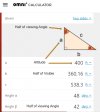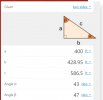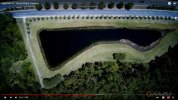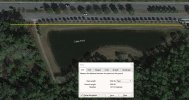This may be an oddball question, but here goes. I'm going to be photographing a mall that's about 25 acres. Some of the shots are going to be nadir (looking straight down). I know I'll need to take several photos so they can be stitched together in post production. As this isn't mapping, the side laps and front laps don't need to be anything like 75%, but probably 20%-ish. In any case, does anyone know of any tools that might give me an indication of how many images I'll need to take? Another way to put this, is "how many square feet can an Air 2 see from 400' up?"
Hoping/thinking there might be a tool or website that could provide this information. Thanks!
Hoping/thinking there might be a tool or website that could provide this information. Thanks!
















